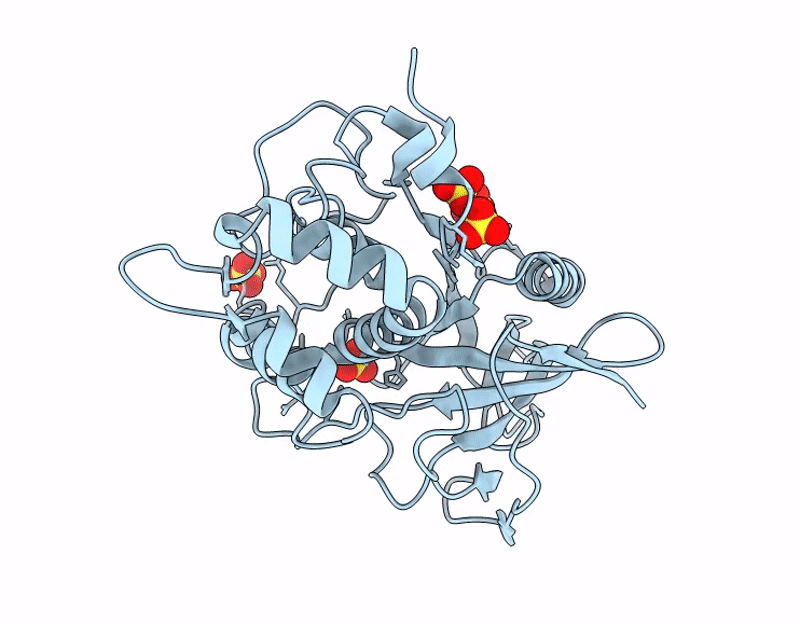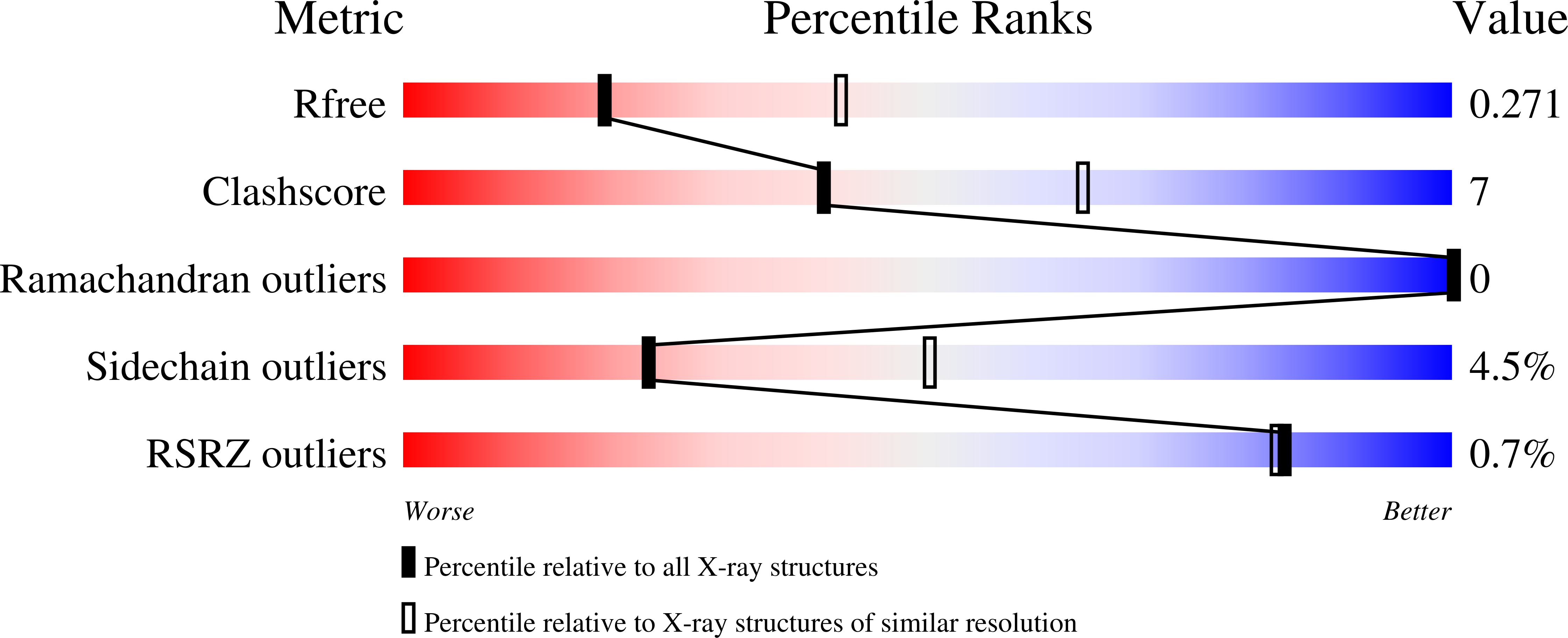
Deposition Date
2024-11-05
Release Date
2025-10-01
Last Version Date
2025-10-01
Entry Detail
PDB ID:
9HB1
Keywords:
Title:
Structure of IdeC protease C94S from Streptococcus canis
Biological Source:
Source Organism:
Streptococcus canis (Taxon ID: 1329)
Host Organism:
Method Details:
Experimental Method:
Resolution:
2.70 Å
R-Value Free:
0.26
R-Value Work:
0.20
Space Group:
P 32 2 1


